RV Flip: An ocean legend returns - Will this unique research vessel make history again?
When RV Flip first set sail on the ocean in 1962, no one could have predicted it would become a symbol of human ingenuity in marine research. This extraordinary platform, capable of standing vertically in the middle of the sea, has provided scientists with data unattainable anywhere else for decades. After years of service, retirement, and a near-tragic end at a scrapyard, RV Flip is being given a new lease on life by the DEEP organization. In 2026, following a modernization overhaul, it could once again revolutionize oceanography. What makes this vessel so captivating, and why is its story more than just a technical curiosity?
maritime economy worldwide shipbuilding industry news15 march 2025 | 09:08 | Source: Gazeta Morska | Prepared by: Kamil Kusier | Print

RV Flip / fot. U.S. Navy / Wikimedia
The research vessel RV Flip (Floating Instrument Platform) is a true legend in the world of oceanography. Built in 1962 by the Scripps Institution of Oceanography in collaboration with the Office of Naval Research (ONR), it served scientists for decades, conducting studies on underwater acoustics, wave dynamics, and energy exchange between the ocean and atmosphere. Its unique ability to "flip" from a horizontal to a vertical position, achieving unmatched stability, made it an icon of marine research. In 2024, after a period of retirement, RV Flip was granted a second chance by DEEP, which plans to return it to service in 2026. What possibilities does this remarkable platform offer, and why does it continue to fascinate the maritime industry?
RV Flip: Engineering tailored for the ocean
RV Flip isn’t a conventional ship—it’s a 108-meter-long, 700-ton floating research platform towed to its study sites. The flipping process, which takes about 30 minutes, involves flooding the aft ballast tanks with seawater, submerging 91 meters of the hull underwater while leaving 17 meters above the surface. This renders the vessel immune to surface waves, providing the stability essential for precise acoustic, geophysical, or meteorological measurements. Inside, everything—from laboratories to crew quarters—is designed for dual orientations, featuring rotating furniture and equipment, making RV Flip a technological marvel of its time.
Applications in marine research
For over 50 years, RV Flip supported studies on underwater sound propagation (critical for the U.S. Navy), marine mammal behavior, and climate change. Its lack of propulsion eliminates engine noise, making it invaluable for acoustic experiments. The platform could accommodate 11 scientists and 5 crew members, operating autonomously for up to a month. After its final voyage in 2017 and retirement by the ONR in 2020, it nearly met its end at a scrapyard in Mexico in 2023. However, DEEP, an organization specializing in deep-sea exploration, recognized RV Flip’s potential and purchased it in 2024.
Return to service in 2026
DEEP’s plans involve modernizing RV Flip, outfitting it with cutting-edge research technology, and adapting it to contemporary challenges like climate monitoring and deep-sea exploration. Following the refit, the vessel is slated to return to sea in early 2026, blending its historic design with modern innovations. This development is generating excitement in both the maritime industry and among oceanography enthusiasts, who see RV Flip as a symbol of enduring innovation.
Why RV Flip still inspires
In an era of satellites and autonomous underwater drones, RV Flip remains unique due to its stability and versatility. Its return is not just a nod to the past but proof that traditional solutions can complement modern science. Aligning with trends in sustainability and ocean exploration, RV Flip could play a pivotal role in research on ocean conservation—a topic growing ever more critical amid global changes.
see also
Buy us a coffee, and we’ll invest in great maritime journalism! Support Gazeta Morska and help us sail forward – click here!
Kamil Kusier
redaktor naczelny
gallery
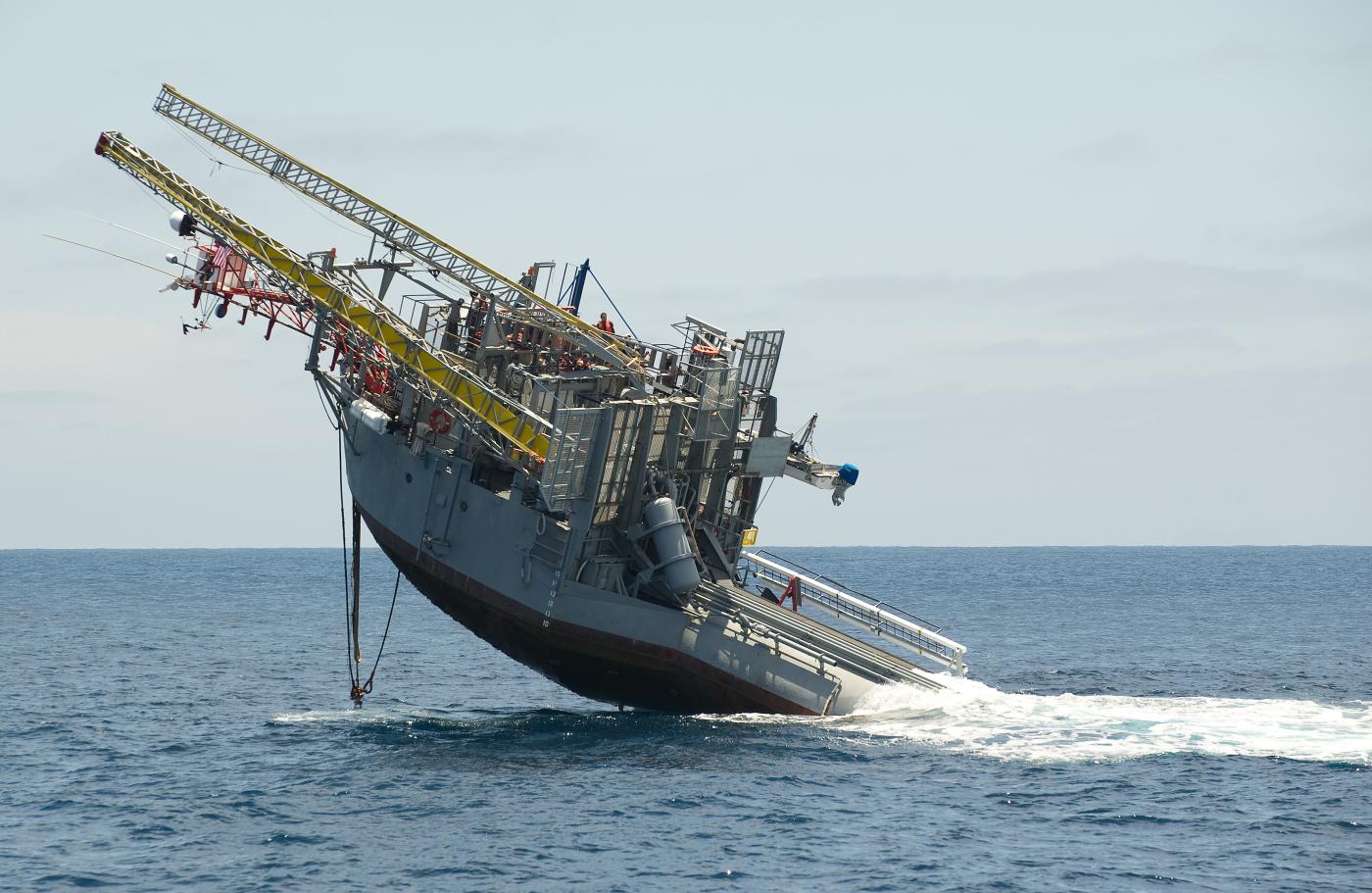
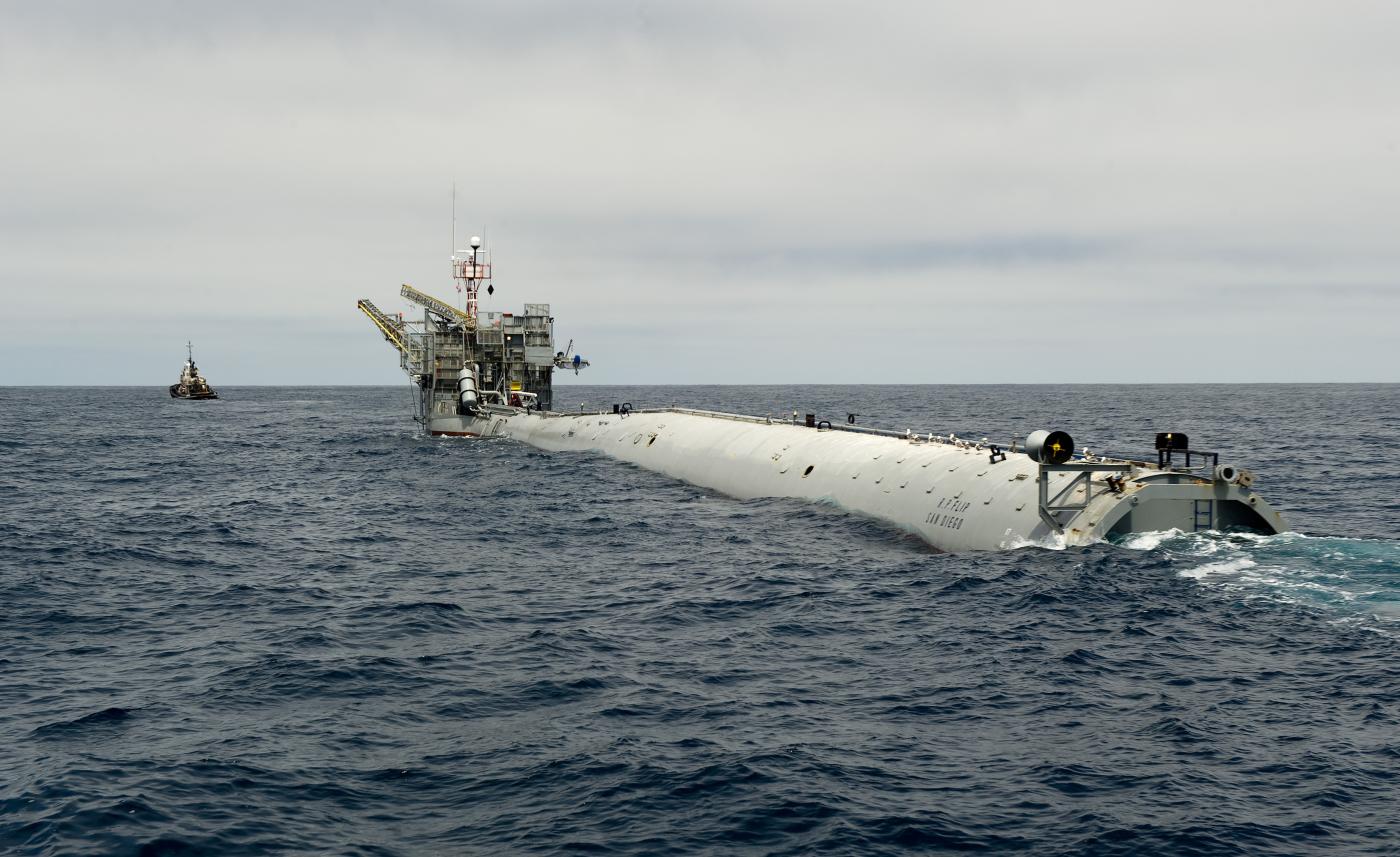

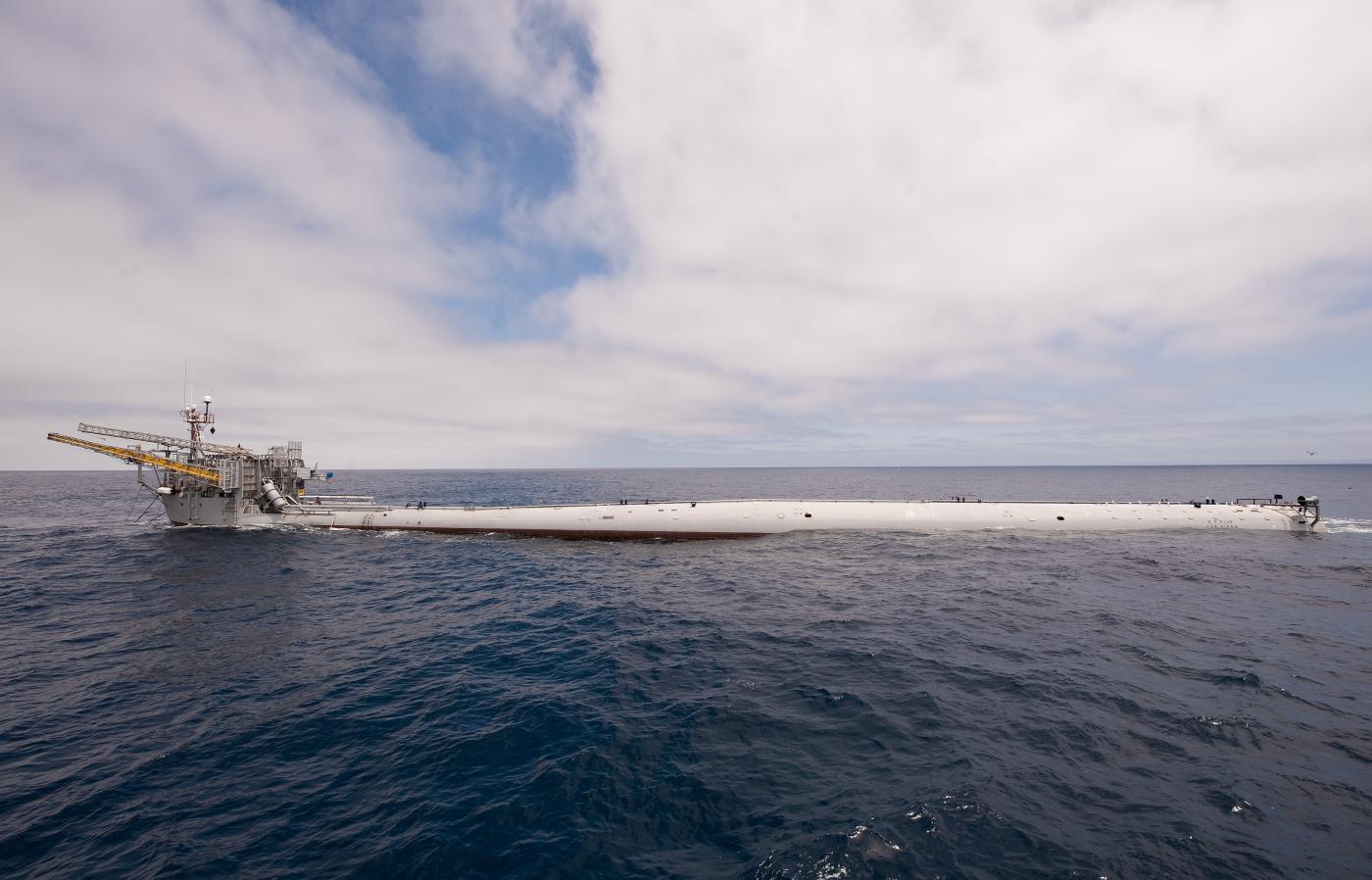

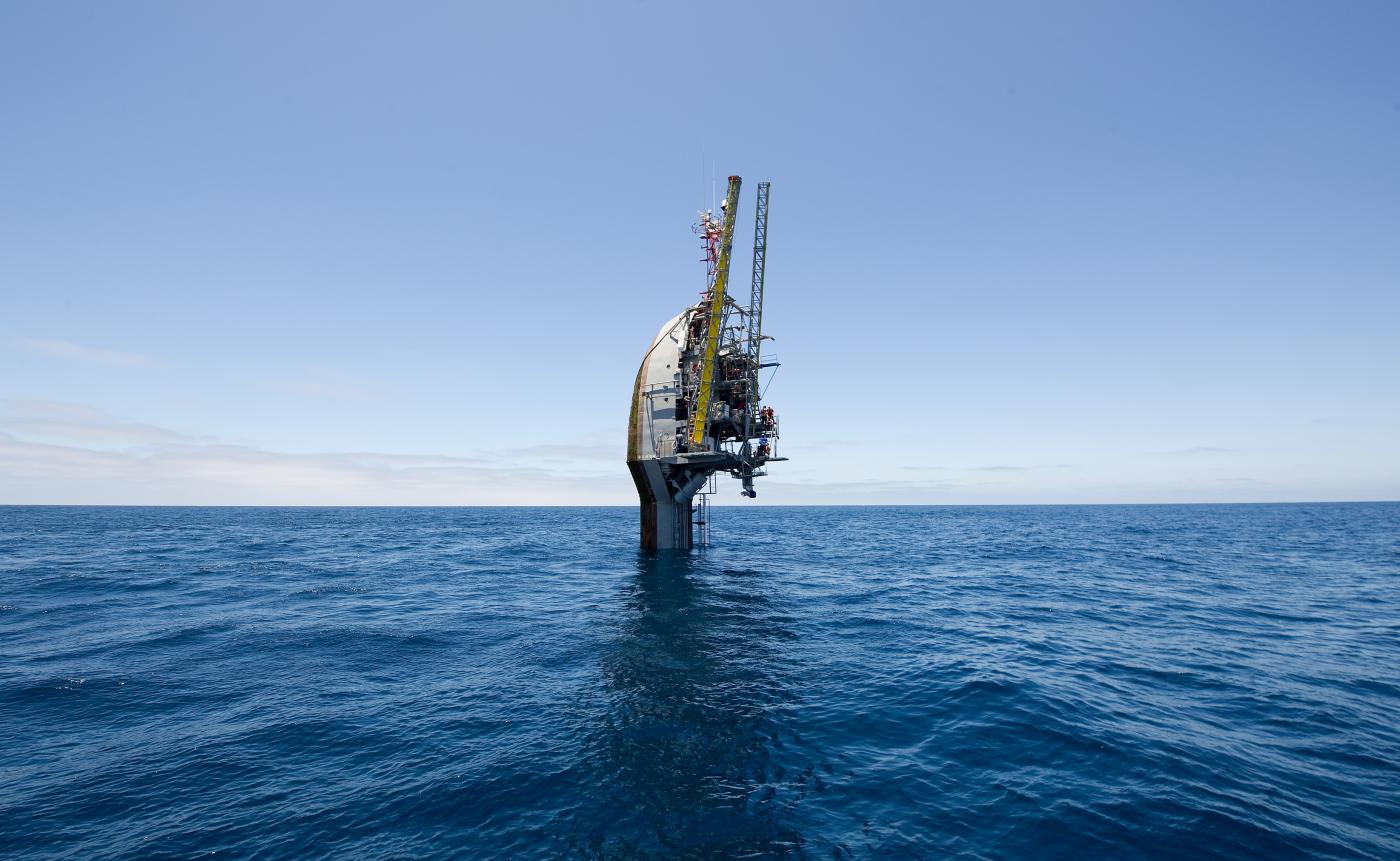
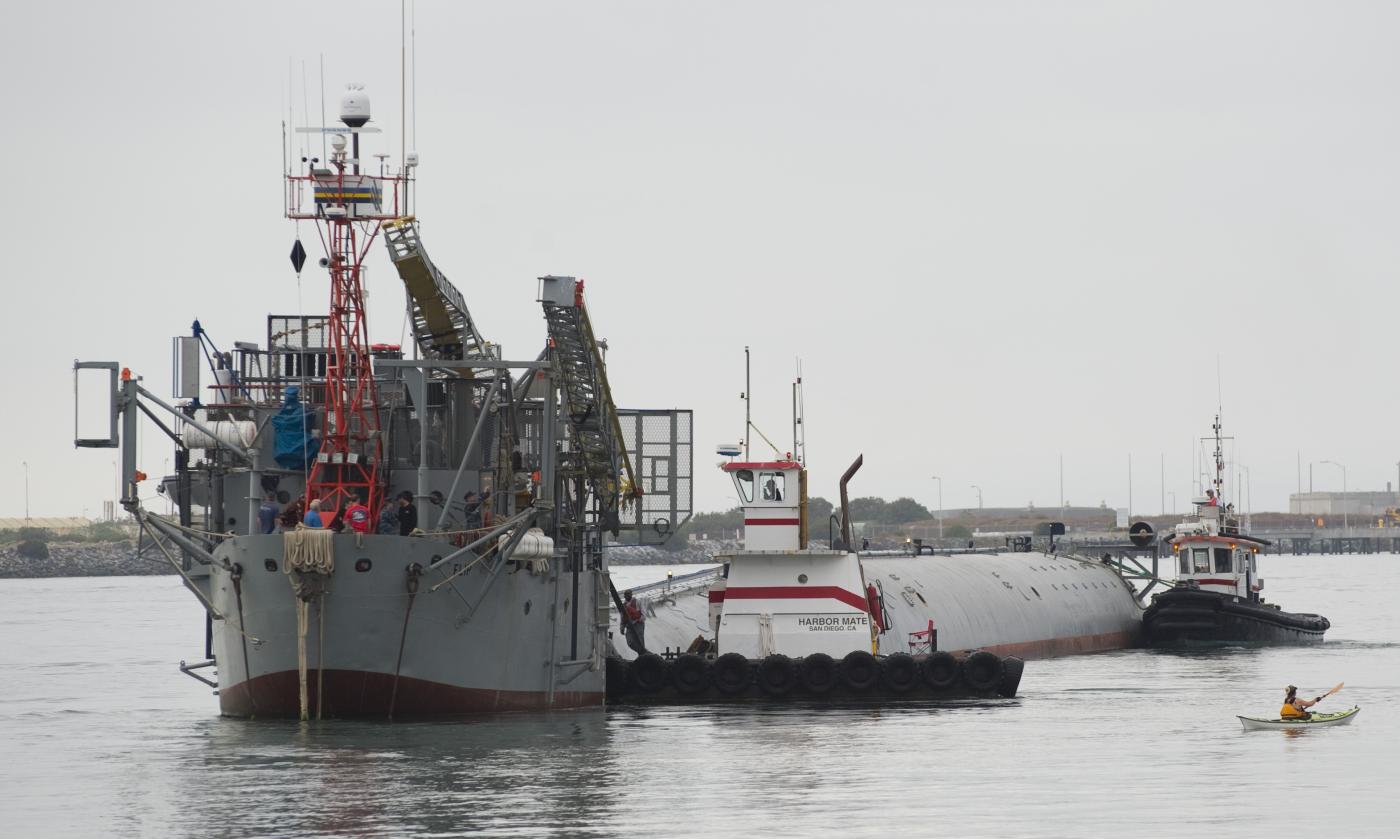
comments
Add the first comment
see also
Modernisation vs Modification - Marcin Ryngwelski on Polish Navy Upgrades
Damen Unveils New HDPE Workboat Series at Seawork 2025
30 Years of Offshore Wind: Tunø Knob and the Beginning of a Global Industry
Over PLN 2 Billion from the Recovery Plan to Support FSRU Program - GAZ-SYSTEM Secures Strategic EU-backed Financin
Over 200-Ton HDPE Pipes Delivered to Poland for Baltic Offshore Wind Projects
West Pomerania Invests in Inland Waterway Transport - New Water Tram Season Connects Three Key Ports
Flint Systems Delivers World’s First Underwater Welding and Cutting Simulator to the Polish Navy
Polenergia and Equinor Continue Engagement with the Fishing Community - Upcoming Information Meetings Announced
ORLEN Boosts LPG Import and Storage Capacity in Szczecin
TransNav 2025: Global Forum on Maritime Navigation and Safety Opens in Gdynia
ADVERTISEMENT
ADVERTISEMENT